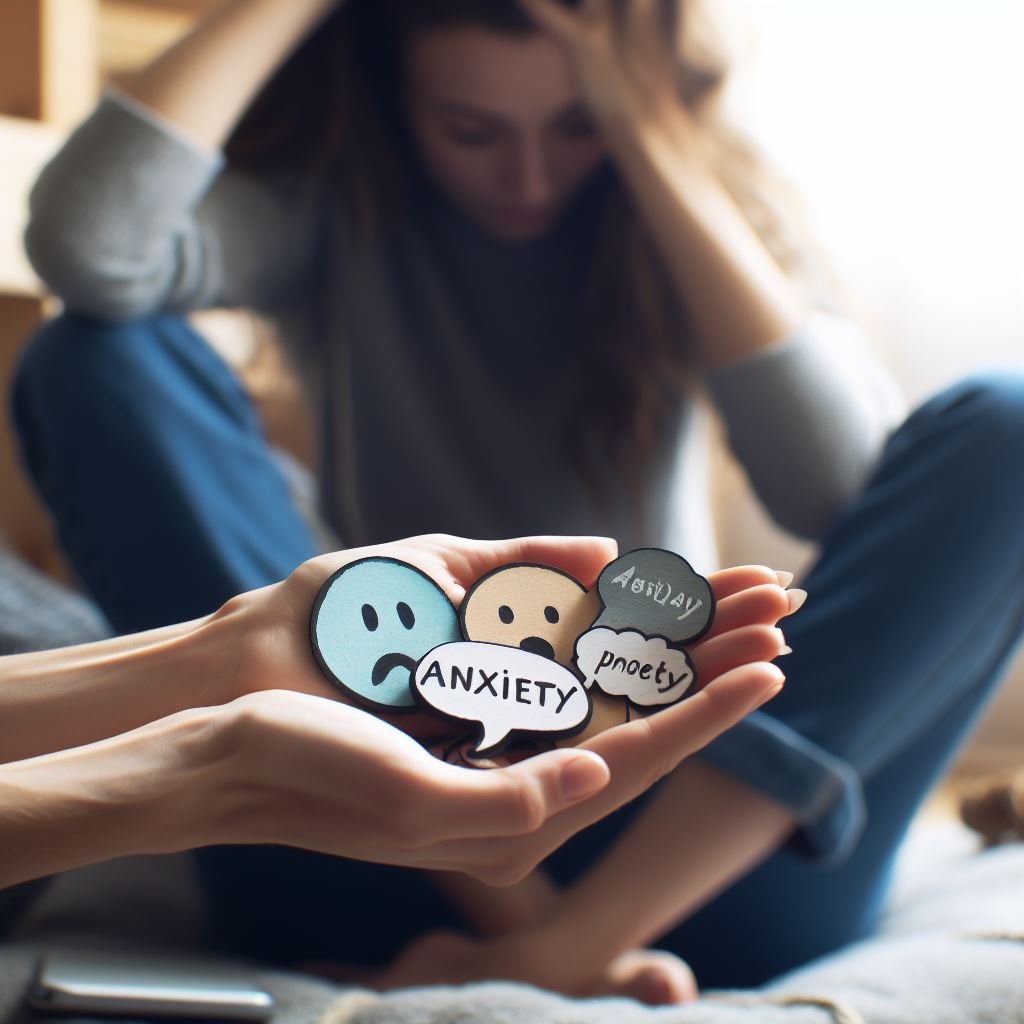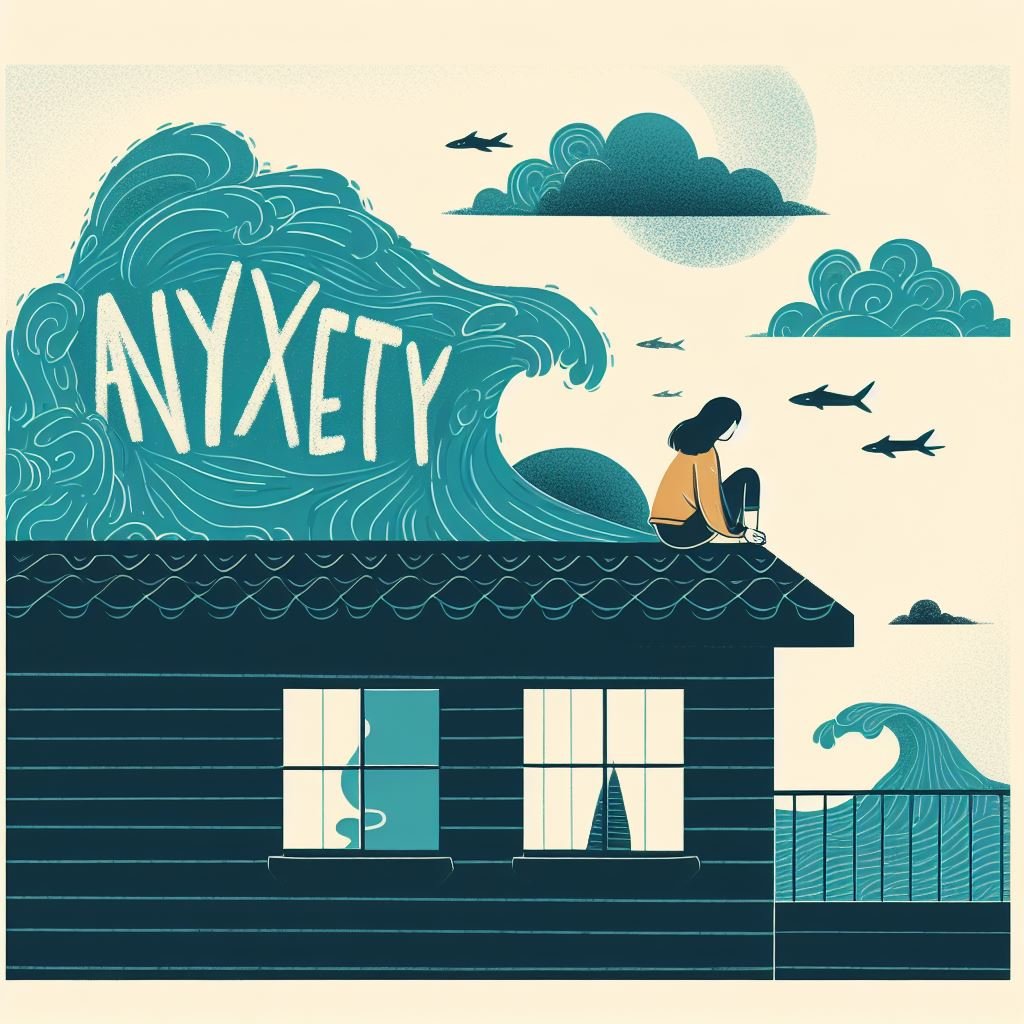Anxiety Similes for Worry: A New Perspective on Mental Health
In this Article, we will explore the use of anxiety similes for worry. We will discuss what anxiety similes are, why they are used, how to use them, and provide examples of anxiety similes. We will also examine case studies, public experiences, and opinions on anxiety similes, as well as predictions on the future of anxiety similes. Finally, we will discuss ethical and moral principles to guide the use of anxiety similes.
1. Introduction
In this research paper, we will explore the use of anxiety similes for worry. We will discuss what anxiety similes are, why they are used, how to use them, and provide examples of anxiety similes. We will also examine case studies, public experiences, and opinions on anxiety similes, as well as predictions on the future of anxiety similes. Finally, we will discuss ethical and moral principles to guide the use of anxiety similes.

2. What are anxiety similes for worry?
Anxiety is a complex and often overwhelming emotion that can be difficult to describe. Help others understand what it feels like is to use metaphors, similes, and idioms. Moreover, these figures of speech can help paint a picture of what anxiety is like and how it affects people. Some common anxiety similes include like running a marathon, like confronting a bully, and like being stuck in a maze. Other examples of anxiety metaphors include trapped under anxiety, struggling to keep afloat and a cloud above my head. Additionally, these comparisons can help people who don’t experience anxiety to better understand what it feels like and how it can impact daily life. It’s important to remember that everyone experiences anxiety differently, so not all of these similes and metaphors will resonate with everyone. However, they can be a useful tool for starting a conversation about anxiety and mental health.
3. Why use anxiety similes?
Anxiety similes are used to help people understand what anxiety feels like. They can be used to communicate how anxiety affects people and to help people relate to others who experience anxiety. Anxiety similes can also be used to help people cope with anxiety by providing a way to talk about it.
4. How to use anxiety similes?
Anxiety similes can be used in a variety of ways. They can be used in literature and poetry to create vivid descriptions of anxiety. They can also be used in everyday conversation to help people understand what anxiety feels like. When using anxiety similes, it is important to choose similes that are relatable and easy to understand.
5. Examples of anxiety similes
Here are some examples of anxiety similes:
- Anxiety is like a weight on my shoulders.
- Anxiety is like a cloud hanging over me.
- Anxiety is like a rollercoaster.
- Anxiety is like a monster lurking in the shadows.
- Anxiety is like a prison.
- Anxiety is like a fire burning inside me.
- Anxiety is like a race against the clock.
- Anxiety is like a wave crashing over me.
6. Case studies on anxiety similes
There are many case studies that have examined the use of anxiety similes. One study found that anxiety similes can be an effective way to communicate how anxiety feels to others. Another study found that anxiety similes can be used to help people cope with anxiety by providing a way to talk about it.
7. Public experiences and opinions on anxiety similes
Public experiences and opinions on anxiety similes vary widely. Some people find anxiety similes to be helpful in understanding what anxiety feels like, while others find them to be unhelpful or even harmful. It is important to consider the diversity of experiences and opinions when using anxiety similes.
8. Predictions on the future of anxiety similes
It is difficult to predict the future of anxiety similes. However, it is likely that they will continue to be used as a way to communicate how anxiety feels to others. As our understanding of anxiety evolves, new anxiety similes may emerge.
9. Ethical and moral principles to guide the use of anxiety similes
When using anxiety similes, it is important to consider ethical and moral principles. Anxiety similes should be used in a way that is respectful and inclusive of all people. They should not be used to discriminate against or harm others.

10. Conclusion
In conclusion, anxiety similes are a powerful tool for communicating how anxiety feels to others. They can be used in a variety of contexts, including literature, poetry, and everyday conversation. When using anxiety similes, it is important to choose similes that are relatable and easy to understand. It is also important to consider ethical and moral principles when using anxiety similes.
FAQS
Anxiety similes are figures of speech that compare anxiety to something else. Moreover, used to help people understand what anxiety feels like and to communicate how anxiety affects people.
Anxiety similes are used to help people understand what anxiety feels like. Additionally, they can be used to communicate how anxiety affects people and to help people relate to others who experience anxiety.
Anxiety similes can be used in a variety of ways. They can be used in literature and poetry to create vivid descriptions of anxiety. They can also be used in everyday conversation to help people understand what anxiety feels like.
Moreover, some examples of anxiety similes include like running a marathon, like confronting a bully, and like being stuck in a maze. Other examples of anxiety metaphors include trapped under anxiety, struggling to keep afloat, and a cloud above my head.
Anxiety similes can help people cope with anxiety by providing a way to talk about it. Moreover, They can help people understand what anxiety feels like and to relate to others who experience anxiety.
When using anxiety similes, it is important to consider ethical and moral principles. Anxiety similes should be used in a way that is respectful and inclusive of all people. They should not be used to discriminate against or harm others.
